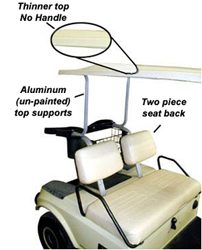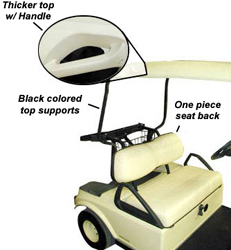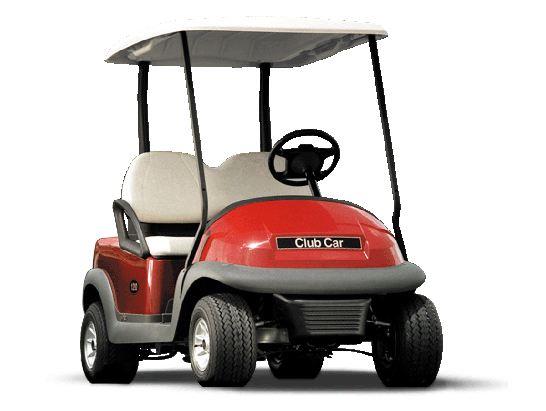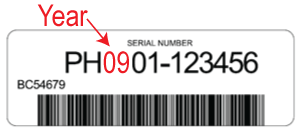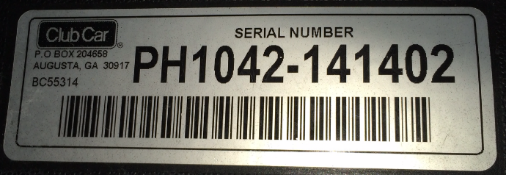The First Club Car – 1960
The first Club Car product was a battery-powered three-wheeled cart called the “Golf Cart Carrier.” Originally designed to transport golf carts, the vehicle soon became popular for carrying passengers. As a result, the company made some adjustments and launched the “Club Car” series.
The First Four-Wheel Carriage – 1975
Introducing the Four-Wheel Carriage in 1975 was the most eye-catching change. Later Club Car models featured a bench base with separate backrests instead of bucket seats.
Club Car DS Models – 1981
Dom Saporito joined the design team in 1982 to develop a new DS cart. His initials were incorporated into the model’s name: DS. This model featured their first 48-volt electric motor, which increased the power of the train by about 30% over the older version. Apart from minor changes, the design remains the same. In 1985, the Carryall II was introduced, which was one of the first commercial utility vehicles.
Club Car Precedent Model – 2004
The Precedent i2 was introduced by Club Car in 2004. Developed over five years, this golf cart quickly set the standard for style and comfort. The Carryall 295 was also the first four-wheel drive utility vehicle they introduced this year, which included an electric motor to provide power when traversing rough terrain or other demanding applications such as landscaping, parks, and recreation areas.
Club Car Onward Model – 2017
It was in 2017 that the company introduced the first of its Onward series of personal use vehicles. Accessories, colors, etc., can be customized for this model. When it was first released, the company offered a 2-passenger, 4-passenger, and 4-passenger lift cart.
Club Car Golf Car Design
Club Cars don’t change much over time. Despite minor changes in materials and the addition of a gas engine powertrain, its design has remained relatively stable for four decades. While most big car companies upgrade their cars almost every year, Club Car insists that doing things right is how it operates, and its design has remained consistent throughout the years.
When the company was sold in 1973, it was certain that the design would change. Several changes were made to the golf cart design as a result. In 1993, Club Car changed the body design with minor changes to the front cowl and headlights, moving from metal to an indestructible thermoplastic resin called “ArmorFlex”.
Systems of the Club Car
The first gas-powered golf cart was built by Club Car in 1984, after initially producing only 36-volt electric vehicles. Development was the focus of the 90s. In 1992, the first overhead valve engine was produced. As a result of customer demand, Club Car also created popular vehicles.
To improve the efficiency of vehicles and offer consumers a better driving experience, Excel Boost was introduced in 2008. By using the system, the vehicle’s speed can be better controlled and acceleration can be faster than with other similar vehicles at the time. During this time (2008), the Villager 2+2 LSV was also introduced, allowing drivers to easily cross the street, downtown, or anywhere else within legal limits.
The Club Car connected technology system was released in 2010. In addition to the 3D route fly-through feature, the system also uses fleet management software. Club Car also highlighted other features of its Zero Emission Low Speed Vehicle on Earth Day.
Club Car’s History and Evolution
For nearly 60 years, Club Car has manufactured high-quality vehicles. In addition to golf carts, they also provide utility and personal vehicles. At Club Car, excellence is the priority – they strive to be the best in their field!















